Where Sugar Hides: The Dangers of Hidden Sugar
Last Updated September 20, 2018 · First Published October 18, 2012
Sally Cameron is a holistic health coach and professionally trained chef. Sally provides health coaching services that advise people on how to eat, cook and live more healthfully, achieve their optimal weight, and reduce their dependence on sugar. Sally writes the popular food blog, A Food Centric Life, where she shares healthy recipes for ever day and easy entertaining. You can also find her on Facebook and Twitter at @foodcentriclife.
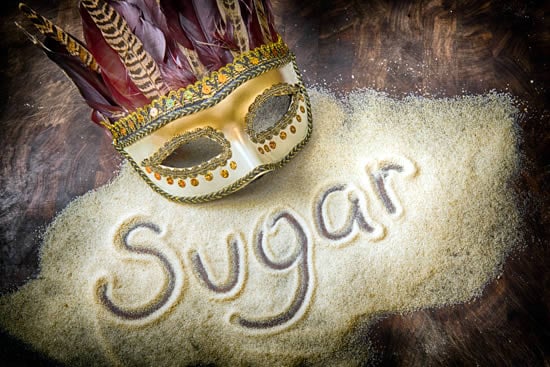
Masked by many names, sugar quietly and dangerously hides in our diets. We need to seek out the hidden sugar in order to make healthier choices and live healthier lives. To do that, we must know the names sugar goes by.
Sugar Consumption in America
Sugar is one of the most refined foods we consume daily, and it’s a marker for processed foods in the American diet. Our sugar consumption has gone from a few teaspoons a week in the early 19th century to 100 pounds a year today. Frightening statistics. No wonder America has health and weight problems. And all of those extra sugar calories have no nutritional benefit.
But We Need Sugar, Right?
Sort of. Most of what we eat turns into sugar – or glucose – through digestion. Glucose is our body’s main fuel for energy. But there are good and bad ways to obtain it. The good: fruits and vegetables, whole grains and whole foods. The bad: sodas, sweetened drinks, processed, packaged, and fast food, many condiments, white rice and flour.
Why We Should Care
Sugar is sweet, tasty, and unfortunately addictive. Something food manufacturers know. If a product is sweetened, it will sell more, so sweeten away they do so the unaware public will consume more. Start reading labels and you’ll be shocked.
Consuming too much sugar has severe health consequences. Sugar consumption has been linked to obesity, diabetes, heart disease, hypertension, and cancer. It negatively impacts cholesterol and triglyceride levels in our blood. According to Dr Daniel Amen, sugar is pro-inflammatory, a reason for chronic disease. Amen says, on sugar, your brain does not work as well. And did I mention it’s addictive?
My Name is Sugar
Sugar hides behind many masks so we must learn to read labels. Sugar shows up as sucrose, dextrose, fructose, maltose, lactose, glucose, levulose – anything that ends in -ose.
Beware also of barley malt, molasses, honey, cane juice, high fructose corn syrup, corn syrup, corn solids, evaporated cane juice, maple syrup, fruit juice concentrate, sorghum, agave, rice syrup, date sugar, caramel, and many more. It’s not always understandable that you are eating sugar.
Sadly, sugar is everywhere. Anything that ends in –itol, like xylitol, mannitol, sorbitol and others are sugar alcohols. Sugar alcohols are carbohydrates and for some can cause gas, bloating and other intestinal issues. Sugar alcohols are commonly used in “low-carb” or “sugar-free” processed foods.
Where Sugar Hides
Besides soda and sweetened beverages, cookies, ice cream and frozen yogurt, pastries and baked goods, you’ll find sugar hiding in condiments like ketchup, barbecue sauce, pasta sauce, salad dressings, jams and jellies, flavored yogurt, breakfast cereal, granola bars, juices and juice concentrates. Don’t fall for the “natural” label; read the label for yourself. And that fancy coffee drink? Look out, big time. You must read labels, because sugar hides in many packaged, processed and prepared foods.
Artificial Sweeteners and Sugar Substitutes
If you think that using artificial sweeteners will help in your quest to reduce sugar, think again. There are five currently approved by the FDA. They are Aspartame, Saccharin, Sucralose, Acesulfame K, and Neotame, but there are issues.
According to the National Cancer Institute, there is no clear evidence that artificial sweeteners used in the US are related to cancer risk in humans. However, The center for Science in the Public Interest (CSPI), cautions everyone to avoid aspartame (sold as NutraSweet and Equal) because it contains three well-recognized neurotoxins which have been associated with thousands of reports of adverse effects.
For the list of symptoms, read this article by Dr. Annemarie Colbin.
How Much is Safe?
How much sugar can we safely consume? The American Heart Association recommends that women consume no more than 6 teaspoons of added sugars a day (25 grams) and for men, no more than 9 teaspoons (37 grams). One teaspoon of sugar is equal to 4 grams or 16 calories.
It’s not the natural sugars found in fruits, vegetables, low fat dairy and whole grains most people need to be concerned with, but the added sugars in foods we consume.
To Reduce Sugar – Add and Subtract
The best way to get sugar under control in your diet is to reduce (or eliminate) packaged, processed and fast foods, soda and sweetened drinks and beverages of all kinds. Cook more at home with whole, fresh foods.
To help tame a sugar craving, add more fruit and sweet vegetables to your diet. Sweet vegetables like carrots, sweet potatoes and yams, sugar snap peas, sweet onions, corn, as well as butternut and other winter squash varieties. Some vegetables are subtly sweet, like turnips, parsnips and rutabagas.
Try these easy recipes for roast carrots with thyme and whipped sweet potatoes with rosemary. They will help get you started.
A note on labels. Unfortunately today’s labels do not differentiate between natural sugars and added sugars. Don’t worry about the naturally occurring sugars; weed out the hidden sugar. Use your head in making smart choices. Eat more food grown on plants and less food made in plants.
We all enjoy a sweet treat now and then, and that’s ok. Will the occasional treat ruin you? No, but we must be aware of how much we consume and the sources, being sure to exercise off those extra calories. Learning more about sugar in our diets will help us make wise choices and help us enjoy that occasional treat without endangering our health or our waistlines.
If you need suggestions on taming your sugar addiction, here is a great article. Additionally, this is something I help clients with in my health coaching practice. If you are interested, please contact me for more information.
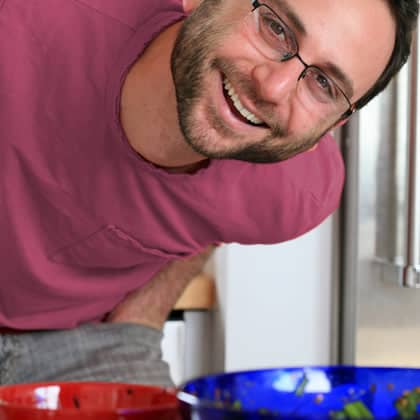

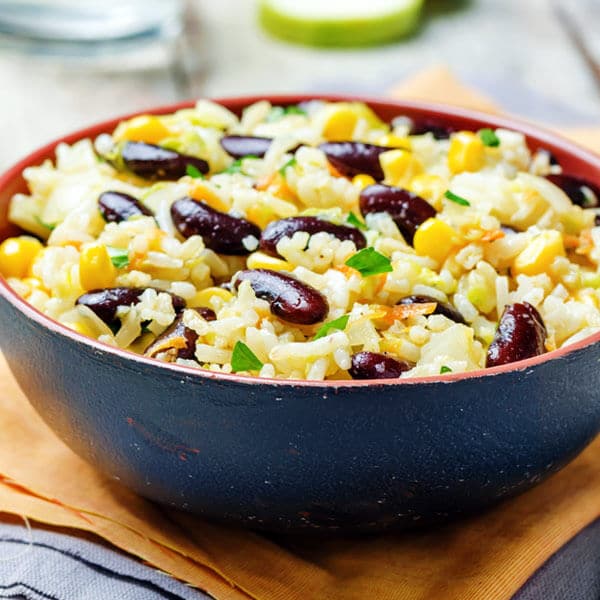
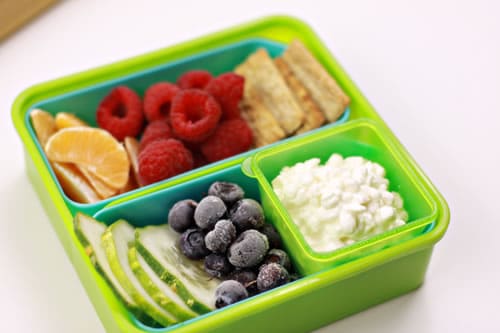






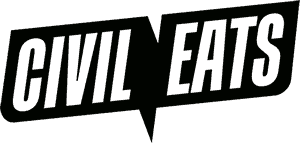









I eat 99% added-sugar-free food, it means that I avoid all sweets most of the month but I do allow myself one croissant (very typical breakfast item here in Spain) OR one slice of tiramisu (the best italian dessert ever:) ) every second week. I’ve been eating like this for almost a year now and at some point I started to realize that when you’ve left your sugar-addiction you start to enjoy the real taste of food (not just sugar/sweet).
The one that floored me was when I read the label on a box of salt. Sugar was the second ingredient. I don’t know why I read the ingredient list, I always thought salt was salt, but I’m glad I did.
Hi Leah: It will depend on the recipe. Using honey can change a recipe because of it’s liquid nature. Even though it’s still sugar, a first step would be to skip the refined white stuff and try either a natural organic cane sugar (still sugar), or a coconut sugar. Coconut sugar is something I’ve been playing with. While still a sweetener (and sugar is sugar to our bodies), an alternative to try is coconut sugar or coconut crystals. Have you tried that? Wholesome Sweeteners makes an organic coconut palm sugar, and another one to look at is from Coconut Secrets. You might also look for a recipe that uses unrefined forms of sweeteners such as molasses or that gets sweetness from an ingredient like applesauce. Organic molasses is the by-product of the sugar making process, but it is full of vitamins, minerals and trace elements, so while it it still… Read more »
When I became soy-sensitive it forced me to start reading labels and evaluating what I was eating. This problem forced me scratch cook. I started with the items I ate most. I took just a few and start making my own, when those dishes became routine and easy for me I expanded to other things. Thanks to you Sally I have been able to make easy, yet sophisticated food that is healthy. I am so grateful to you.
Thanks Madonna! I love hearing from you and you inspire me to keep writing! Good for you!
Hi, every so often I bake muffins of some sort of bakery item, what type of sugar or sweet ingredient (honey) is best to use?
Thanks leah
I went without sugar for 2 years once, and I felt so good I swore I would never eat it again. It was the the best I have ever felt in my life. One thing I noticed was that my body was not confused. When I was hungry I knew what it needed. I would think “an orange would taste real good right now” or ” I NEED spinich” I was very intouch with how my body worked. Conversly I feel poisoned when I eat sugar, and quite sick when I eat too much of it. Taking this challenge has reminded me how good I can feel when I am eating “real food”
That’s terrific Sunny. Good for you! Thanks for sharing your experience!
Cheryl and Becky, some people do experience that cranky feeling when they quit sugar. Hang in there. It will pass, then you will feel great!
HA HA I agree with Cheryl… this challenge I quit ketchup… I love it. I too was cranky off and on for the first 2 weeks… but I feel great now. I started early and on Day 26…. and I plan to do 60 days!
Really appreciate the excellent material submitted to this site on a daily basis.
Thank you, Sally! I’ve recognized for some time that eating sugar leads to sugar cravings and eating more of it. It’s a nasty cycle. I recently quit added sugars cold-turkey and found myself actually feeling irritable and a bit depressed, which is totally opposite my personality. This unprocessed challenge has helped me get the last bits out of my diet. (I LOVE ketchup!) The longer I go without sweets, the less I want them.
Cheryl – If you love ketchup, try making homemade! it’s delicious and you can control the ingredients for your tastebuds and your health! Here is a good starter recipe from my friend Susan at The Urban Baker http://www.theurbanbaker.com/homemade-ketchup/. I’ve started with this recipe and adapted for my desires. Good luck!